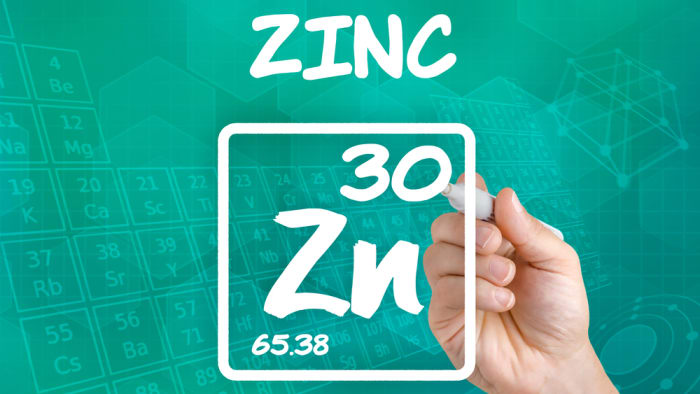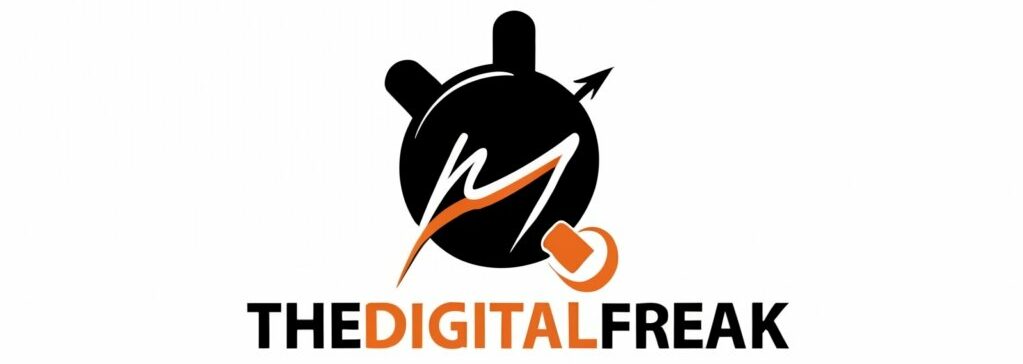
Every cell in the body contains zinc. It is needed for the proper functioning of the body’s protective (immune) system. It is involved in cell division, cell formation, wound healing, and carbohydrate breakdown. The senses of smell and taste include zinc as well. Zinc cations with a charge of +2 are the most common positively charged cations. Zinc ions with a positive charge are uncommon, but it never forms ions with a negative charge. Since zinc is a metal, it forms metal complexes with other metals.
The chemical element zinc has the symbol Zn and the atomic number 30. Zinc is a solid at room temperature and is classified as a transition metal. Zinc is used to avoid rusting of other metals such as iron by galvanizing them. Car frames, street lamp posts, protective walls, and suspension bridges are all made of galvanized steel. Die-castings, which are essential in the automotive, electrical, and hardware industries, require large amounts of zinc.
Uses of Zinc Oxide
Zinc oxide is a naturally occurring mineral. Diaper rash, mild burns, badly chapped lips, and other minor skin irritations are treated with zinc oxide topical (for the skin). Itching, burning, irritation, and other rectal discomfort caused by hemorrhoids or painful bowel movements are treated with zinc oxide rectal suppositories.
As compared to standard zinc oxide particles, zinc oxide nanoparticles have high antibacterial and antifungal activity against a variety of bacteria and fungi. Zinc oxide (ZnO) is a powerful antimicrobial agent that works through a variety of mechanisms involving various chemical species. Zinc oxide improved wound healing, reepithelialization, infection rates, and ulcer degradation rates. Regardless of zinc status, topical zinc oxide has been shown to increase the rate of wound healing in patients.
Properties of Zinc
Zinc is a nutrient that is present all over your body and aids in the functioning of your immune system and metabolism. Zinc is also essential for wound healing and the development of your senses of taste and smell. Your body normally gets enough zinc from a varied diet. Chicken, red meat, and fortified breakfast cereals are all good sources of zinc. Zinc uses include the treatment and prevention of zinc deficiency and its symptoms, which include stunted development, acute diarrhea, slow wound healing, and wilson’s disease in infants. It keeps the mucous lining in the stomach safe. It also helps the body absorb water and electrolytes. It also boosts enzyme circulation, which helps fight infections including diarrhea.
Nausea, vomiting, lack of appetite, stomach cramps, diarrhea, and headaches are all symptoms of too much zinc. When people take too much zinc for an extended period of time, they can experience issues such as low copper levels, lowered immunity, and low HDL cholesterol levels.
Zinc is a lustrous, bluish-white element. At room temperature, it is brittle, but at 100 to 150°C, it becomes malleable. It has good electrical conductivity. Zinc has a density of 7.140 g/mL, which means it sinks in water and is relatively high.
